Financial Close Software streamlines financial closing processes, boosting efficiency and accuracy. It automates tedious tasks, facilitating timely financial reporting and analysis. This software is designed to assist finance professionals in ensuring seamless operations.
Financial Close Software empowers finance teams by providing comprehensive tools that automate data collection, reconciliation, and reporting. By enhancing collaboration across departments, it reduces the risk of errors, accelerates accounting cycles, and improves regulatory compliance. Its user-friendly interface and integration capabilities with existing accounting systems make it an essential tool for organizations aiming to optimize financial operations.
What features should be considered?Financial Close Software is particularly valuable in industries with complex regulatory environments, such as banking, manufacturing, and healthcare. Its precise tracking and reporting capabilities help these industries maintain compliance and drive operational efficiency.
This category of software assists organizations by providing accurate and timely financial data, which is critical in supporting strategic decision-making processes and achieving financial objectives.
| Product | Market Share (%) |
|---|---|
| BlackLine | 16.9% |
| Cadency by Trintech | 8.3% |
| CCH Tagetik | 7.9% |
| Other | 66.9% |

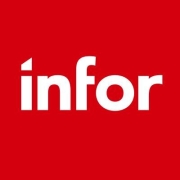





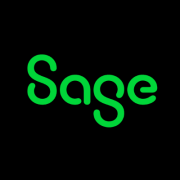



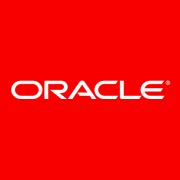

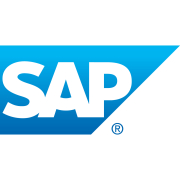



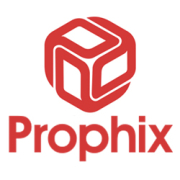
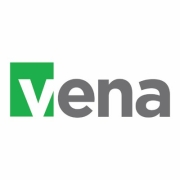









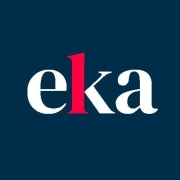
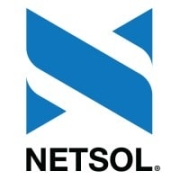











Financial Close Software automates and streamlines the financial close process, reducing manual errors and increasing efficiency. It provides real-time visibility into financial data, enabling better decision-making and compliance with regulatory requirements. Integration with ERP systems consolidates data for accurate reporting and analysis. Enhanced collaboration features facilitate communication between team members, improving workflow management. Automated reconciliation processes ensure accurate and timely financial statements. Built-in audit trails and version control improve transparency and accountability. Scalability allows organizations to handle growing data volumes and complexity. Time savings and reduced operational costs contribute to a more efficient financial closing process.
Financial Close Software enhances accuracy by automating data consolidation and validation processes. This eliminates manual errors associated with spreadsheets. With real-time data access, you can trust the integrity of your financial reports, ensuring compliance with accounting standards and regulations. Automation also enables consistent application of policies, allowing for precise and reliable reporting.
What features should you look for in Financial Close Software?Essential features include data integration capabilities, automated journal entries, real-time dashboards, task management, and robust reporting tools. Look for solutions that offer strong security features, such as user authentication and data encryption. The software should also provide seamless integration with existing ERP systems to ensure streamlined workflows and support forecasting and budgeting processes.
How does Financial Close Software enhance collaboration within finance teams?Financial Close Software incorporates collaboration tools like shared dashboards, task tracking, and real-time communication features. These tools eliminate silos, allowing team members to work together more effectively regardless of their physical location. This fosters a collaborative environment where issues can be resolved quickly, leading to more efficient close processes and reduced time to financial insight.
Why is scalability important in Financial Close Software?Scalability is crucial as it enables the software to grow and accommodate increasing transaction volumes and additional users. As your business expands, scalable software ensures that your financial close processes remain efficient without needing constant upgrades. This adaptability supports future growth while maintaining performance and cost efficiency, ensuring you always meet business demands.
How do you ensure a secure implementation of Financial Close Software?For a secure implementation, conduct a comprehensive assessment of your current IT infrastructure and determine compatibility with the software. Choose a vendor that offers robust customer support and ongoing security updates. Implement role-based access controls to limit data access and ensure regular audits to monitor for any security vulnerabilities, safeguarding sensitive financial information effectively.